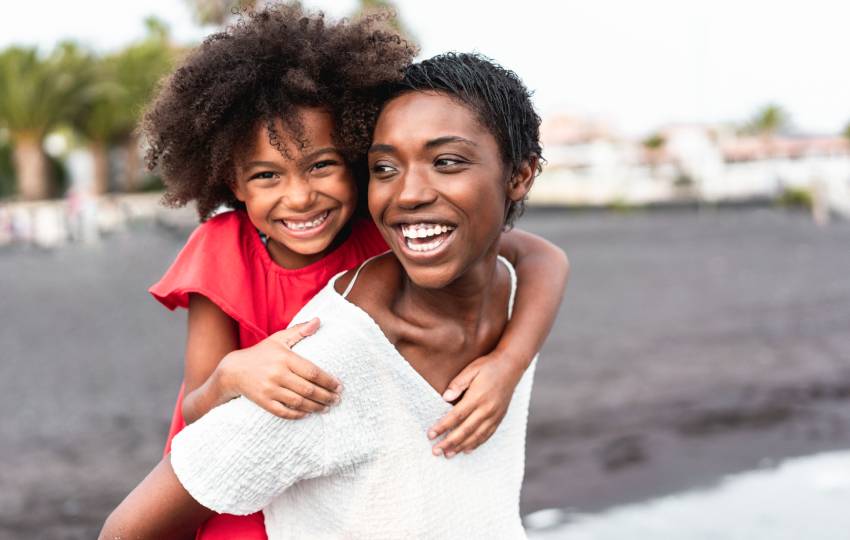What is the life of migrants like? In the end, does the act of migration justify the decision? These are questions difficult to answer.
However, leading lives under basic health and well-being standards, as set by the Universal Declaration of Human Rights (article 25), is not always evident. In the case of migrants, do their new lives meet those basic living conditions?
Measuring Migrants’ Integration: An Insight into the Life of Migrants in Europe
The EU statistical office of Eurostat, monitors and evaluates migrants’ integration process in the European context, with a survey on an ongoing basis. In particular, the survey’s indicators that portray the European situation are:
- Employment
- Education
- Social inclusion
- Active citizenship
- And, socioeconomic situation of young people.
In 2020, statistics show that the employment rate for non-EU born citizens is less (61.9%) than the rate for native-born citizens and citizens born inside the EU (73.5%). In addition, in terms of unemployment, the rate for non-EU born citizens is 13.9%, for populations born inside the EU is 8.1%, and for native-born citizens is 6.1%. Furthermore, the over-qualification rate sub-indicator is 41,4% for non-EU citizens, followed by other EU citizens with 32.3%, and 20.9% for national citizens.
In 2019, the rate in owner-occupied housing is 24% for non-EU citizens and 36% for EU populations. The rates of living in overcrowded households are approximately twice as high for non-EU citizens (36%) than native citizens (17%). As for the risk of poverty and social exclusion rate for foreign populations is 32%, with non-EU citizens reaching the rate of 38% to be at risk of poverty; and, the national population reaching the rate of 15%. Furthermore, the rate of severe material deprivation occasions for non-EU citizens is 12%, followed by the rate of 5% for nationals, and 5% for other EU citizens as well.
Basic Standards for a Dignified Life
Article 25 (UDHR – Universal Declaration of Human Rights) formulates the entitlement to a decent life that meets health and well-being standards. In particular, the right to basic living standards addresses needs that pertain to food; clothing; access to medical care and social services; and housing.
The article includes unforeseeable events that can compromise one’s living standards. Namely, such incidents could be old age, disability, unemployment, etc. Motherhood and childhood reserve the right to exceptional care and assistance. Moreover, children are entitled to social protection, whether they are born in wedlock or not.
Apparently, article 25 states the factors of poverty and social inclusion as determinants of a person’s wellbeing, which apply to other UDHR rights. Oddly, it should be noted that poverty conditions emerge from cases of human rights violation as well.
All things considered, any answer to questions about the life of migrants and whether their lives improve after migration, may be off-target. However, numbers indicate an imbalance regarding the basic living conditions met in Europe, between EU and non-EU citizens.
easyRights is an H2020 project that acknowledges the significance of human rights assurance, with a focus on (im)migrant populations. In addition, the consortium examines AI (Artificial Intelligence) as a contributory factor to migrants’ integration.
Visit the official website and learn more about the easyRights initiative.

